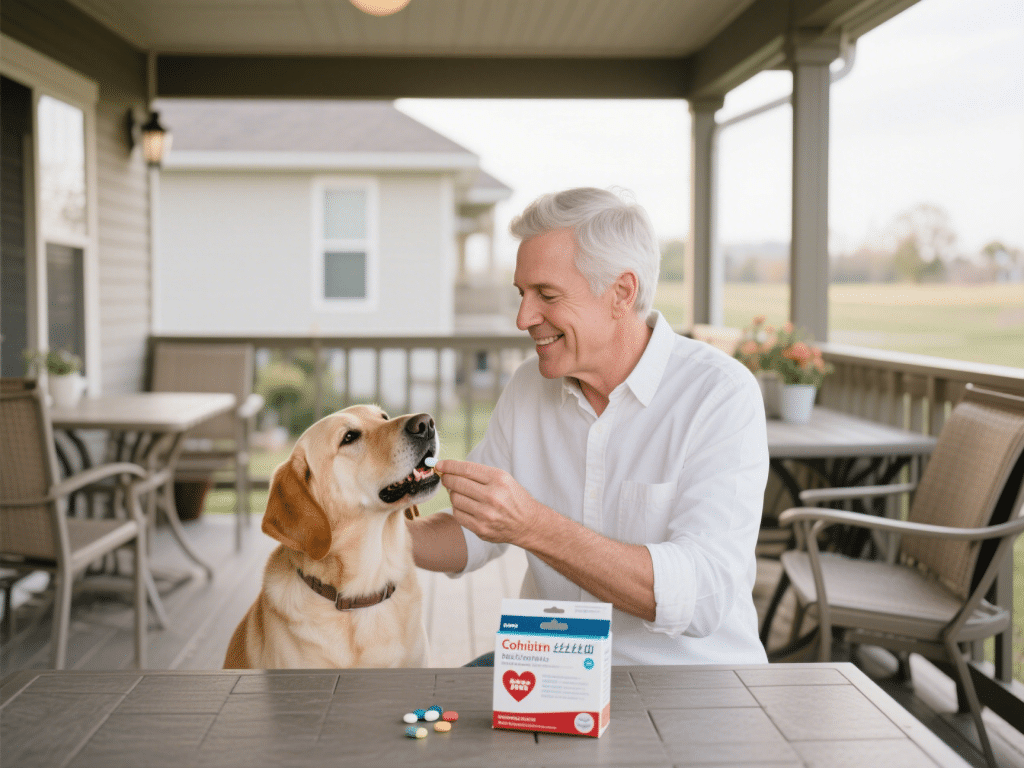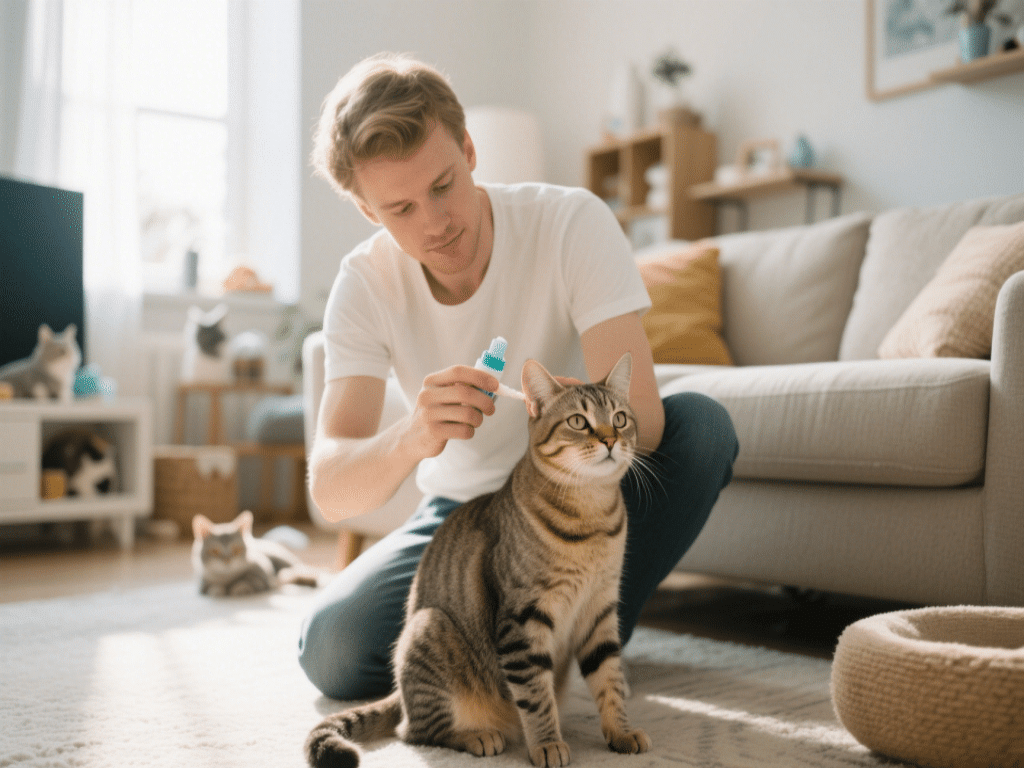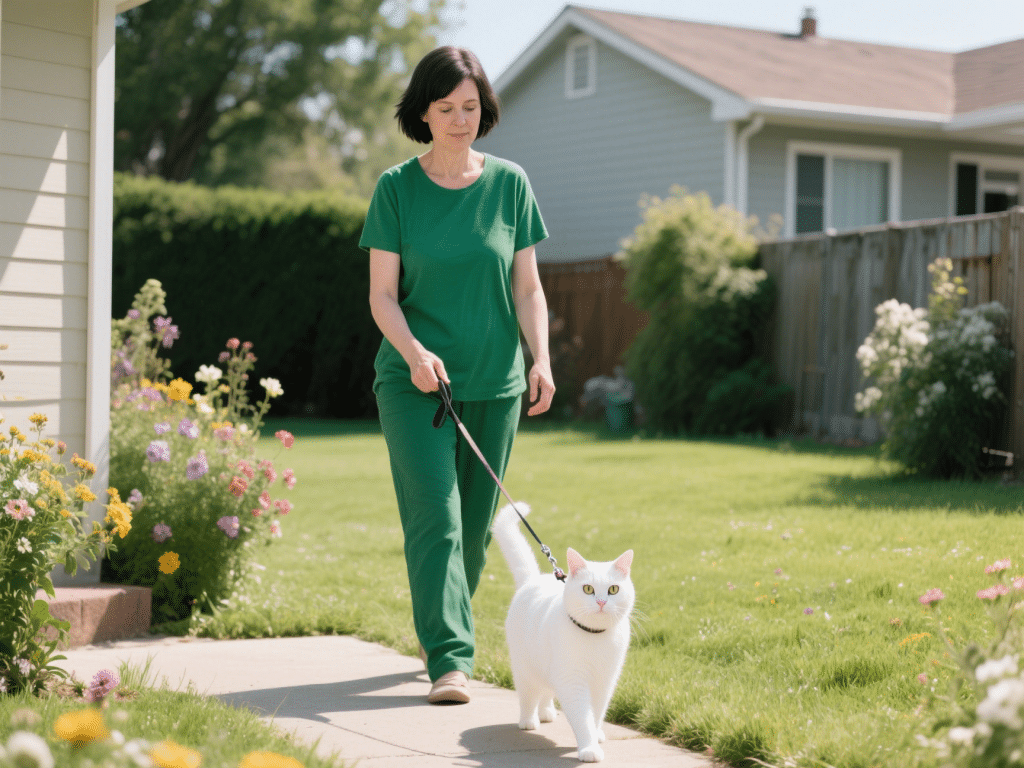Dealing with Pet Allergies: Symptoms, Causes, and Solutions
Living with pet allergies can feel like a constant battle between your love for animals and your body’s immune response. For millions worldwide, this condition presents significant challenges in daily life. Understanding the mechanisms behind pet allergies is the crucial first step toward effective management and finding relief while maintaining cherished bonds with companion animals.
Understanding the Immune System’s Overreaction
Pet allergies occur when your immune system mistakenly identifies harmless proteins found in an animal’s dander (dead skin flakes), saliva, or urine as dangerous invaders. This triggers an allergic reaction. The primary culprits are specific proteins:
Cats: Fel d 1 (produced in sebaceous glands, salivary glands, and skin)
Dogs: Can f 1 (found primarily in saliva, also dander)
Other Pets: Proteins in rodent urine, bird feathers/dander, horse dander.
These proteins become airborne on microscopic particles, easily inhaled or landing on mucous membranes. Contrary to popular belief, pet hair itself isn’t the main allergen; it primarily acts as a carrier for dander and dried saliva.
Recognizing Pet Allergy Symptoms
Symptoms can range from mild and annoying to severe and debilitating, often appearing within minutes of exposure but sometimes delayed by hours. Key manifestations include:
Respiratory Distress:
Persistent sneezing fits, especially upon entering a pet-owning home.
Runny or congested nasal passages (allergic rhinitis).
Persistent cough, wheezing, chest tightness, and shortness of breath (indicating allergic asthma).
Itchy, red, or watery eyes (allergic conjunctivitis).
Skin Reactions:
Hives (urticaria) – raised, red, itchy welts on the skin.
Eczema flare-ups (atopic dermatitis) – red, itchy, inflamed skin.
Direct contact allergy: Redness or itching where a pet licked or scratched the skin.
Sleep & Quality of Life Impact:
Poor sleep quality due to nighttime nasal congestion or coughing.
Chronic fatigue resulting from disrupted sleep and immune system activity.
Reduced concentration and productivity.
Proven Strategies for Managing Pet Allergies
While complete avoidance is the most effective solution, it’s often emotionally impractical for pet lovers. Implementing a multi-faceted management plan can significantly reduce allergen load and alleviate symptoms:
Create Allergen-Reduced Zones:
Bedroom Sanctuary: Make bedrooms strictly off-limits to pets. This provides an 8-hour nightly respite from exposure, crucial for recovery.
High-Efficiency Air Filtration: Install HEPA air purifiers in bedrooms and main living areas. Choose units with a Clean Air Delivery Rate (CADR) appropriate for the room size. Run them continuously.
Furniture & Flooring Choices: Replace carpeting with smooth surfaces (hardwood, tile, vinyl) which trap fewer allergens. Opt for leather or vinyl furniture instead of fabric upholstery. Use washable throw rugs.
Rigorous Cleaning Protocol:
HEPA Vacuuming: Vacuum carpets, rugs, and upholstered furniture at least twice weekly using a vacuum equipped with a certified HEPA filter. Wear a NIOSH-rated N95 mask during cleaning.
Damp Dusting: Use microfiber cloths dampened with water or a cleaning solution to trap dander on hard surfaces weekly. Avoid dry dusting which disperses allergens.
Pet Bedding & Toys: Wash pet beds, blankets, and soft toys weekly in hot water (ideally >130°F/55°C) to denature proteins.
Air Vent Filters: Install high-quality filters on central heating/cooling vents and replace them monthly during peak allergy seasons.
Pet-Specific Hygiene Measures:
Regular Bathing: Bathe dogs weekly using plain water or veterinarian-approved, gentle hypoallergenic shampoos. Studies suggest this can reduce airborne allergen levels. Frequency for cats is debated; consult your vet as over-bathing can stress cats.
Grooming: Brush pets frequently outdoors to remove loose hair and dander. Have a non-allergic family member perform grooming.
Wipe Downs: Use pet allergen-reducing wipes or a damp microfiber cloth daily to remove dander and saliva from the pet’s coat and paws.
Litter Box Management: Place litter boxes away from air vents and high-traffic areas. Use low-dust, unscented litter. Have a non-allergic person handle daily scooping.
Medical Management (Consult Healthcare Providers):
Antihistamines: Second-generation non-sedating options (e.g., cetirizine, loratadine, fexofenadine) effectively block histamine to relieve sneezing, itching, and runny nose.
Nasal Corticosteroids: Fluticasone, mometasone) are first-line treatment for nasal inflammation and congestion; require consistent use for full effect.
Leukotriene Modifiers: Montelukast can help with both nasal symptoms and allergic asthma.
Allergy Eye Drops: Ketotifen or olopatadine drops relieve itchy, watery eyes.
Allergy Shots (Immunotherapy): A long-term solution involving regular injections of gradually increasing allergen doses to desensitize the immune system. Requires commitment (3-5 years) but offers potential for lasting tolerance.
Sublingual Immunotherapy (SLIT): Under-the-tongue tablets or drops for certain allergens, including some pet allergies (availability varies).
Considerations When Choosing a Pet (For Potential Owners with Allergies):
No Truly Hypoallergenic Breeds Exist: All mammals produce some allergenic proteins. “Hypoallergenic” typically means lower shedding/dander.
Spend Time Before Adopting: Interact extensively with the specific breed or individual animal before bringing it home to assess reaction severity.
Individual Variation Matters: Allergy levels can vary significantly between animals of the same breed.
Smaller Pets: Generally produce fewer allergens due to less skin surface area.
When Rehoming Becomes Necessary
Despite best efforts, severe allergic reactions (anaphylaxis is rare but possible) or uncontrolled asthma may necessitate the heartbreaking decision to rehome a pet. Prioritize health and safety. Work with shelters or rescue organizations to ensure the pet finds a suitable new home.
Conclusion: Achieving Balance
Successfully managing pet allergies demands consistent effort and a combination of environmental controls, pet hygiene, and appropriate medical treatment. By proactively implementing these strategies, individuals with mild to moderate allergies can often enjoy a fulfilling life with their beloved pets. Always collaborate with allergists and veterinarians to develop a personalized plan that safeguards both human health and animal welfare. Significant symptom reduction is an achievable goal for many dedicated pet owners.










Comments on " Dealing with Pet Allergies: Symptoms, Causes, and Solutions" :